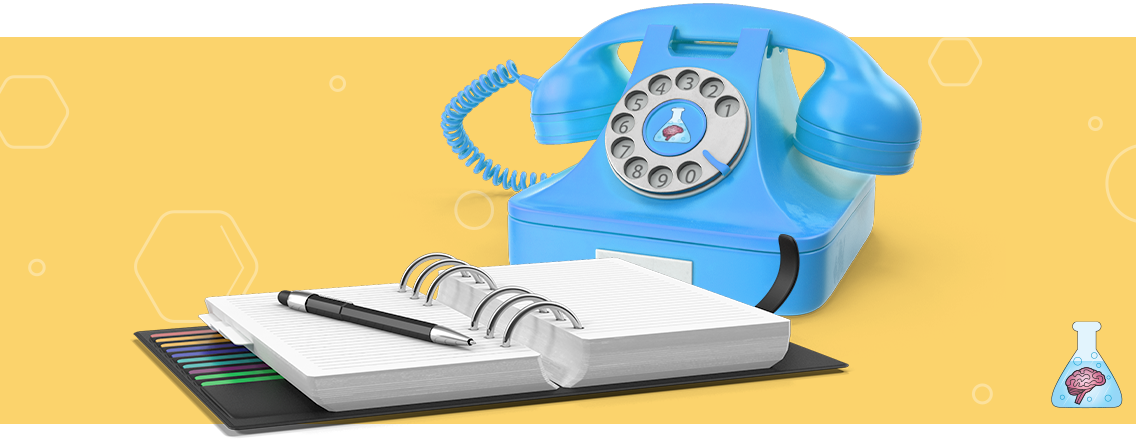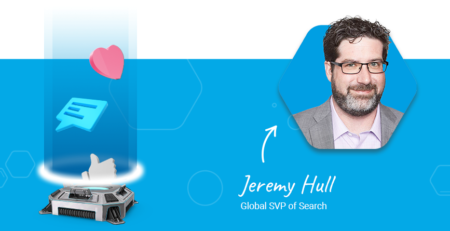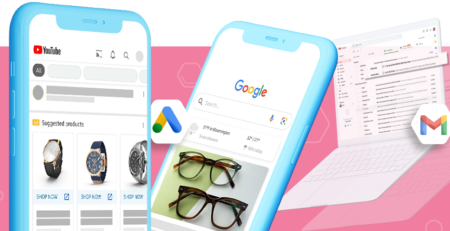The secret to an effective client call: The Agenda
We all know that client calls are an important way to convey to the client what you have been working on, the status of their account, and to gain clarity on special projects. How those calls play out relies on having a solid agenda. Not only a solid agenda but one where the client arrives to the call knowing exactly what will be discussed. Using the same agenda “format” helps with this.
That’s not to say that the agenda should be a bullet point list of five subjects to discuss, nor should it be five paragraphs long, discussing every word you want to talk about during the call. Rather, it should be a combination of both. Your agenda should be precise and to the point, but with enough context to give the client a clear picture of what the discussion will entail.
Not only will the steps I outline below help with the flow of the call by providing an efficient agenda, but it will also ensure transparency with the client, which is a must in a good client relationship.
First Things First: Updates
After the initial greetings and personal catch-ups, asking the client if they have any updates is a great place to start. Are they making changes to their website? Has strategy changed in some way? Are they going on vacation soon? Knowing these things eliminates surprises and last-minute scrambling in the future. This is also a good time to mention any updates on your side (out of office, additions to the team, etc.).
Keeping Track: Projections
Making sure the client understands where their account is in regard to the budget and where it is forecasted is important as well. This eliminates any surprises at the end of the month but also opens discussions to if/when/where you might want to add budget or pull back. Usually, this discussion is paired with a forecast of any other KPIs important to the client. The combination of budget and KPIs keep everything on the table and visible to all making for productive, informed discussions.
What’s Working: How Will You Capitalize On This?
It’s important that the client understands where things are going well. Some of these areas might include campaigns that are showing great performance, an ad that is outperforming others, or an improvement in CTR. Once these things are mentioned, a discussion should follow on how you can leverage these successes to push the account forward to even more success. Bullet pointing a couple of items in this section with some positive stats is all the agenda will need but will lead to a bigger conversation during the call.
Now, don’t worry. When first working on an account, the “what’s working” may not seem easy or obvious to seek out. A “what’s working” or “success” could be as simple as a new campaign was launched, approved, and has started garnering clicks. Remember, this agenda/call should give your point of contact sound bites they can take back internally to update others of what is happening with paid media. You want to be sure they are as informed and armed as possible to showcase your work and success!
The Flipside: What’s Not Working And What Are You Going To Do About It
This part can seem scary to some. Pointing out when something isn’t going well, especially if it is something you changed or recommended, doesn’t feel good. Avoiding discussions about what’s not working isn’t just ignoring the problem. It is undermining the relationship with your client. They may or may not know what isn’t working, but if they somehow figure it out on their own, they will wonder why you didn’t bring it up. Or they will know something isn’t going well and will wonder, in the moment, why you aren’t talking about it. Again, this undermines the relationship. It may also derail their ability to listen to the rest of what you are saying because they will feel you aren’t being transparent. Again, listing bullet points in the agenda with abbreviated info with expanded discussions during the call is key.
Now that you discussed what isn’t working, what’s next? Will you turn off the offending campaign? Will you be distributing budget differently? Will you make a subtle change that could make the difference? Having a plan to move forward is important.
What’s Next: What To Expect Moving Forward
This part can definitely be abbreviated bullet points in the agenda and should be things like:
- Launching a new campaign on Monday
- Need ad approval from [client] by Tuesday
- Restructuring “X” campaign
Letting the client know what is going to be happening next will be good for transparency but will also be a place to negotiate priorities. Making sure you are on the same page with the client is important, and this will help discuss and negotiate those priorities so that you are not overtasked during the time until you talk live again.
Finally, making sure your agenda gets sent out with ample time for the client to read it, digest it, and be prepared for the call is important. Sending it 24 hours in advance is ideal, but when that isn’t possible, at least a few hours before is important. Sending an agenda five minutes before the call isn’t just inconsiderate, it’s unprofessional. Following these five points in structuring your agenda will keep your calls on track and be a helpful update for your clients.




